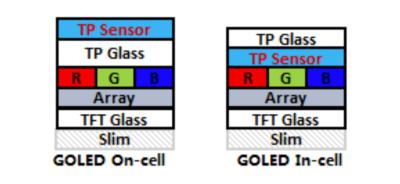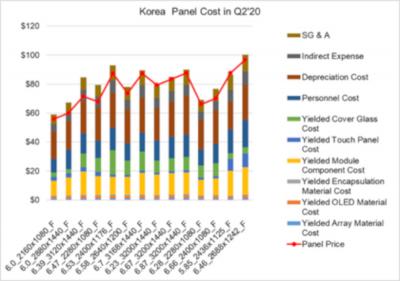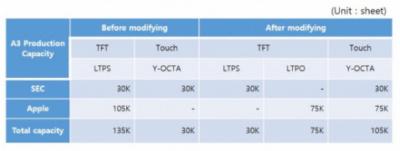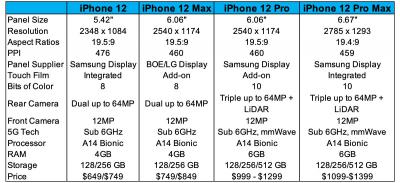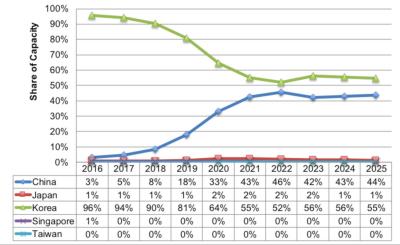Samsung Display launches new OCTA 120Hz laptop OLED displays
Samsung Display announced that it is beginning to produce touch-enabled OLED displays for the laptop market. These panels will adopt the company's latest OCTA (on-cell touch) technology, and will support a 120Hz refresh rate and will offer a 3K resolution (the company did not detail the size).

Samsung says that the first laptops to adopt the new panels will be Samsung's own 2023 Galaxxy Book notebooks, but the panels will also be offered to other laptop makers.
